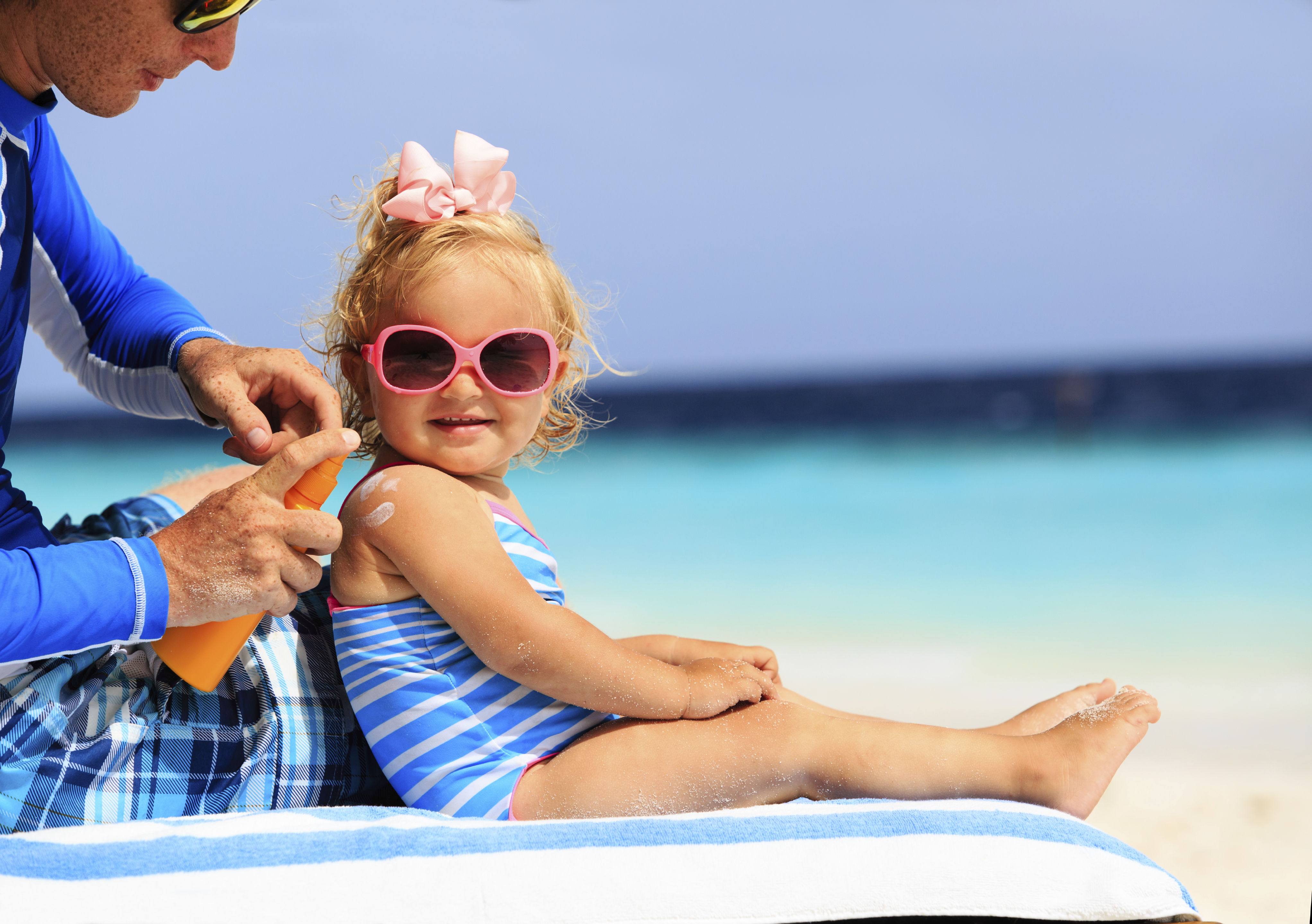
UPDATE (June 28, 2016)
The EWG has added 150 new products to their annual guide to sunscreens.
ORIGINAL STORY (May 25, 2016)
With the latest bout of “Juneary” weather, Seattleites love to pretend we don’t need sunscreen. But we know better. Late spring’s cool temps and grey skies don’t protect our skin, which means it’s time to stock-up on sunscreen. Turns out, however, that almost three-fourths of sunscreens offer inferior protection or contain troublesome ingredients, according to national nonprofit Environmental Working Group (EWG).
In the EWG’s annual guide, 750 sunscreens get a rating based on safety and efficacy. This is the organization’s 10th annual guide and while this year’s in-depth research found some improvements in sun protection, it wasn’t all good news. Senior EWG analyst Sonya Lunder says most products sold in our country still aren’t as good as they should be, offering substandard protection against ultraviolet rays.
In hopes of making shopping for safe sunscreen easier, I asked Lunder for the facts parents need to know about this year’s guide and products on store shelves.
Why are mineral-based sunscreens a good choice for parents looking to protect their children?
What we like about mineral sunscreen is that they are photostable; the active ingredients don’t get broken down by the sun. They provide good sun protection against UVA rays and are often formulated without harmful ingredients like retinyl palmitate and oxybenzone. For mineral sunscreens, it’s worth finding a tester and seeing if you like the feel and the smell as these products are often thicker with a distinct scent.
About half the tested sunscreens that are sold in the U.S. would not be sold in Europe because of substandard protection against sun damage.
Why should consumers avoid products with retinyl palmitate and oxybenzone?
In many government-sponsored tests, animals treated with sunscreen with retinyl palmitate get more tumors and lesions. It’s an unnecessary additive. Look for it under the inactive ingredients heading on product labels though it’s not in many products anymore.
Oxybenzone is really common in sunscreens. It disrupts the body’s hormones, and it’s unclear what it might do to humans. Oxybenzone is listed under active ingredients on product labels.
What should consumers know about SPF numbers?
SPF values between 30 and 50 are sufficient even for pale-skinned people prone to sunburn. Reapply lotions frequently and you’ll get better sun protection. Steer clear of products with SPF higher than 50, which offers a poorer balance between UVA and UVB protection.

Tell me about the Food and Drug Administration's rules when it comes to UVA protection. I’ve heard they're not strict enough.
The FDA rule defining broad spectrum protection [protection from both UVA rays and UVB rays] remains quite lax. About half the sunscreen products sold in the U.S. wouldn’t pass the more stringent European standards because they don’t filter enough UVA rays [which can cause skin cancer].
According to our guide, about half the products we test that are sold in the U.S. would not be sold in Europe. Make sure your sunscreen has a UVA filter that works, which means it needs to contain zinc oxide or 3 percent avobenzone.
What about spray sunscreens?
While the convenience factor means people will use them, the safety of these products is a concern. We wonder if they coat the skin enough, especially the ones that contain alcohol. Because the alcohol dissolves fast, it’s easy to ignore a spot that was missed. When you are downwind and breathe them in, there may be an inhalation issue [aka you could be coating your lungs with sunscreen] because a lot of the product goes somewhere other than your skin.
You say there’s little scientific evidence to suggest that sunscreen alone reduces cancer risk, particularly for the most deadly type of skin cancers. What else do parents need to do to protect against cancer risk when it comes to sun exposure?
Protect yourself from sunburn. Sunscreen over-promises how protected people are from the sun’s rays. People who rely on sunscreen can get more sunburn than people who avoid the sun during peak hours, cover up with clothing and hats, use shade as protection and wear sunglasses.











